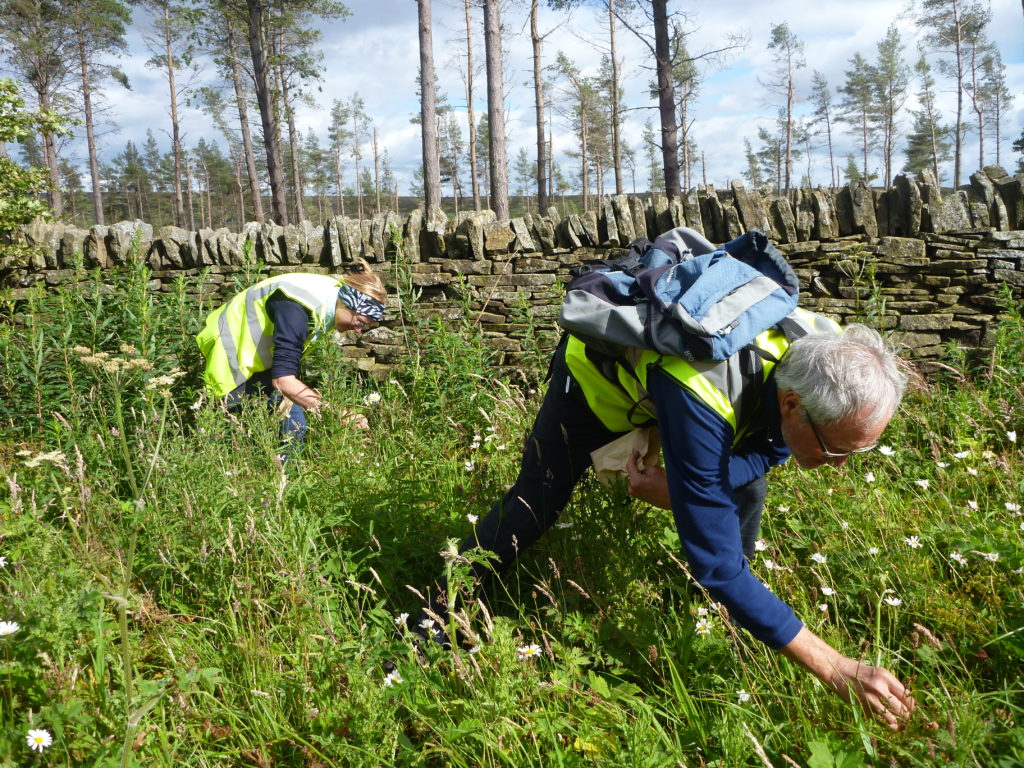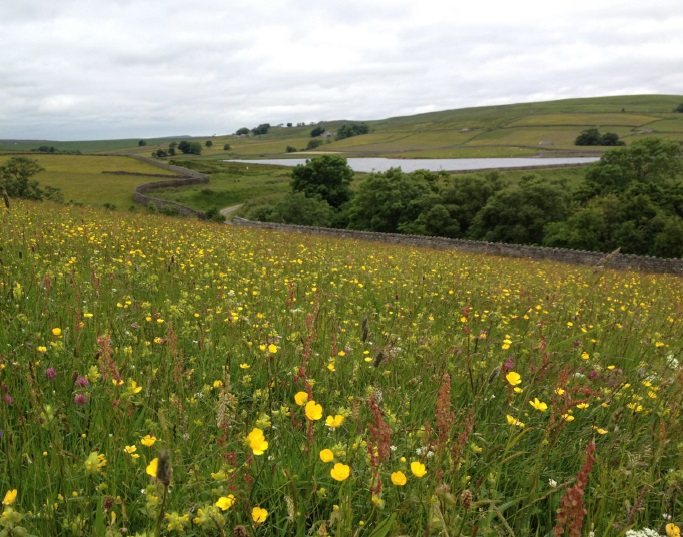What we do
Re-vegetation growth
To encourage and speed up re-vegetation of bare peat, several things can be added. Lime and phosphate fertiliser can be applied in very small quantities to improve the soil conditions. The lime raises the pH slightly, making it less acidic and more hospitable for new plant growth. Small amounts of fertiliser give the colonising vegetation a much-needed temporary boost but will not damage the surrounding bog vegetation. Both are applied either by hand or machinery.
A seed mix made up of moorland species typically found in the surrounding area including heather and wavy hair grass can also be applied after the lime and fertiliser have had time to take effect. This increases the speed at which plants begin to spread over the bare areas and ensures the desired vegetation grows.
As well as moorland seed, whole plug plants of moorland species can be planted in bare areas to speed up revegetation. This is most commonly done with cotton grasses, but other plants such as crowberry can also be used. The plugs are grown by specialist nurseries and planted in restoration sites by hand.
Revegetation means that further peat erosion is limited and the water holding capacity of peatlands is restored. Ultimately, it is hoped that restored peatlands will eventually recover to the point at which they can begin actively forming peat and sequestering carbon again.














